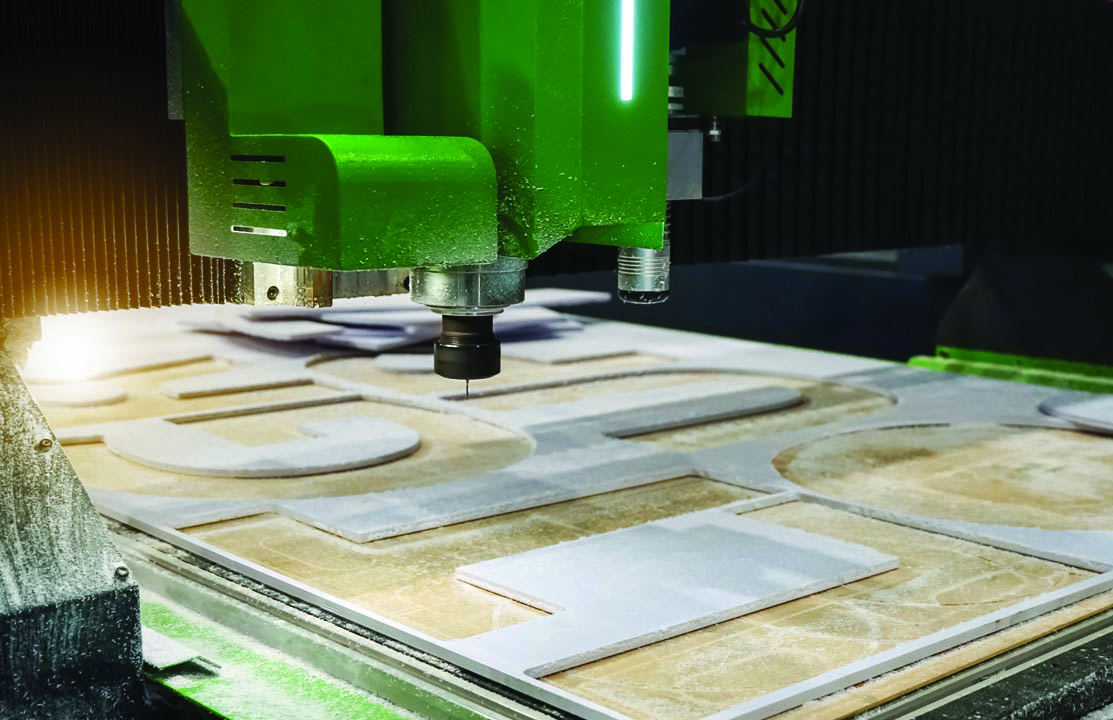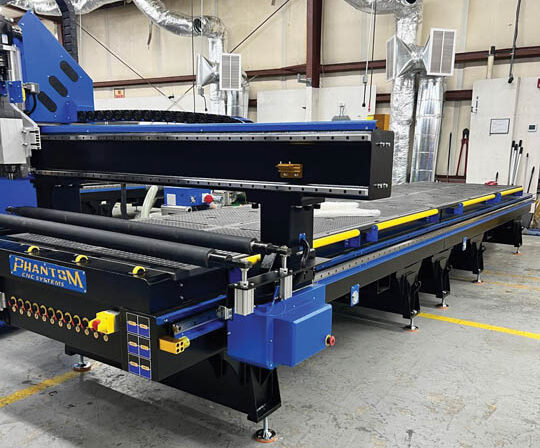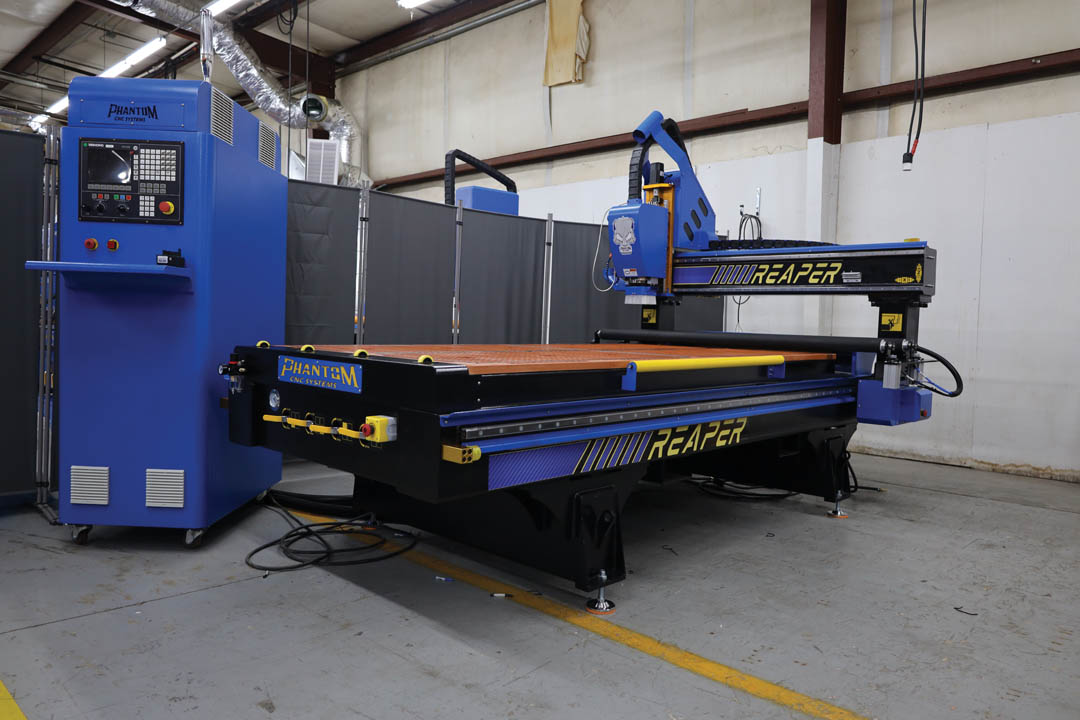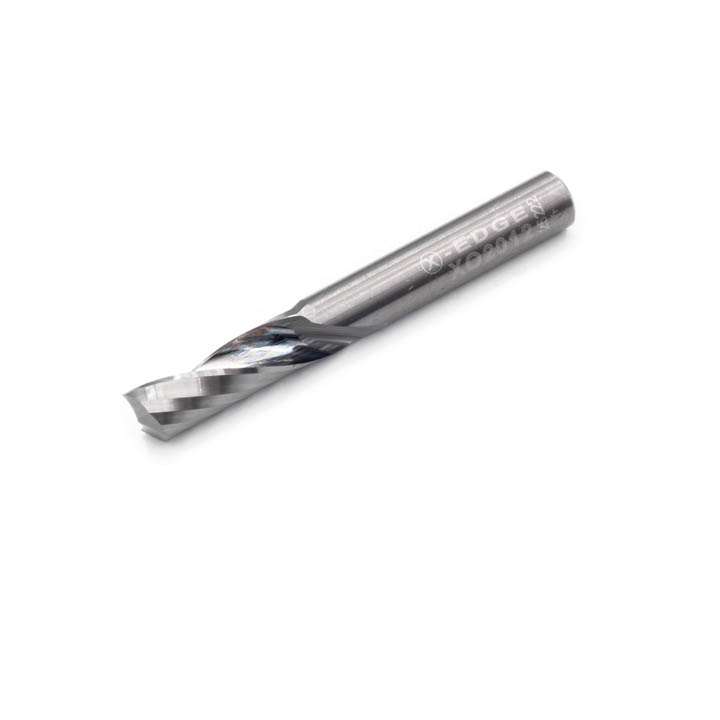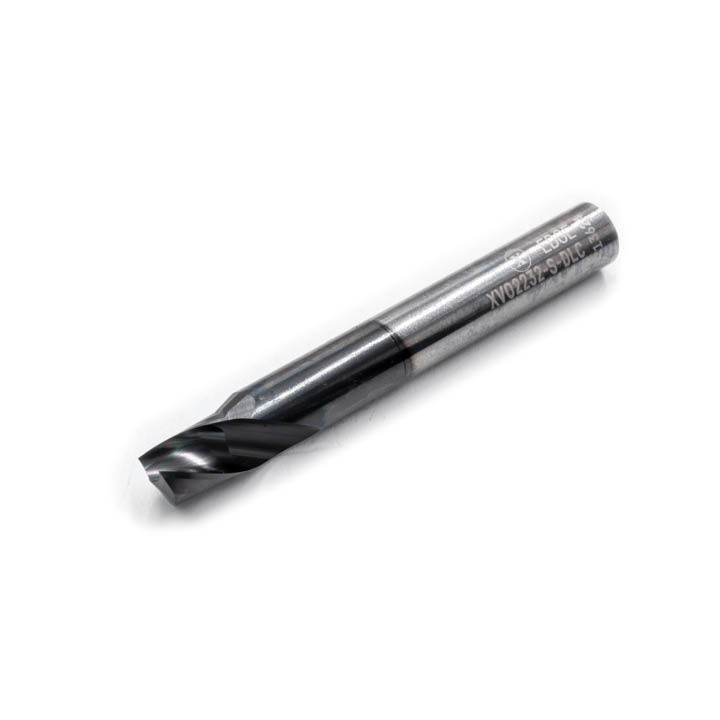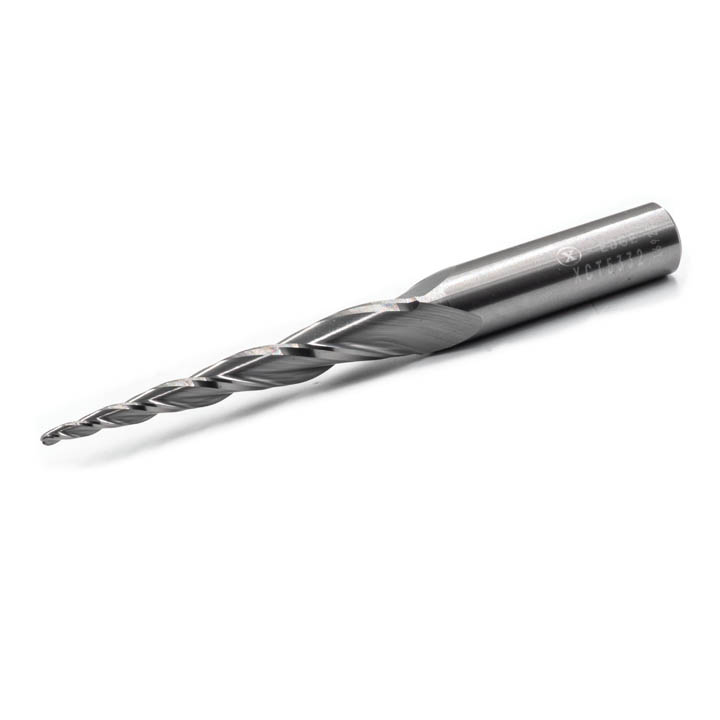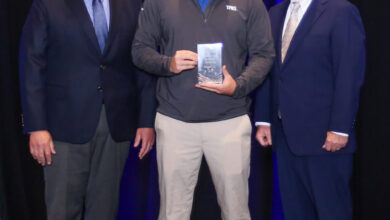CNC machines have been the workhorses of the sign industry for years. They were developed to help the industry become more efficient. This popular cutting tool has continued to evolve from compact hobby machines to large industrial behemoths. As the sizes and speeds of these machines have increased, so have the types of tools crafted for them.
Hobbyists typically start with desktop models that range in size from 2‘ X 2‘ to 4‘ X 4‘. The most popular sizes are 4‘ X 8‘ and 5‘ X 10‘, but industrial shops might invest in even larger machines, depending on what they are cutting and the volume of work they are
tasked with.
“Everyone wants a little more speed and accuracy, and the cost of router tables has come down from years ago,” said Carl Ondracek, president of Computerized Cutters Inc. of Plano, Texas, which manufactures routers and channel letter bending machines. “Every sign company, if they are doing signs and not just doing wraps, they have to have a router table, more so than a channel letter bending machine. A router can do so much more: push-through letters, cut-through, 3D signs, [and] monument signs.”
Small CNC routers
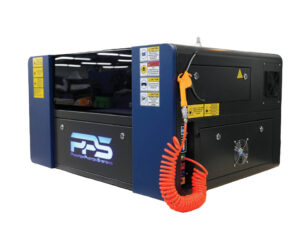
Phantom CNC Systems in North Carolina was founded by a retired law enforcement officer who had a side hustle producing signs. Most beginner CNC machines are not sturdy. The owner of Phantom decided he wanted to build smaller machines that were rigid, like their commercial counterparts, but were more affordable so small sign shops or backyard hobbyists could also benefit from a well-constructed device.
“The premise was to break down the pricing barriers created by bigger corporations between regular old guys and this CNC machine to make his life so much easier,” said Mike Pilgreen, director of operations for Phantom
CNC Systems.
“Phantoms are all built on a rigid structure because the foundation of CNC work relies on how solid the platform is [that] it is cutting on,” he said. “If it has a platform that is moving, you know any movement to a small degree can create a huge problem on top of a piece of wood you are cutting, or plastic. Everything is built with steel welded frames. Rigidity is something we stand on hard. Keeping machines solid keeps everything running better.”
There are tabletop CNC machines that are 2‘ X 2‘.
“There’s a place in the market for all of these. Those small machines teach them how to do big work. They are doing the same work and using the same software on a 2‘ X 2‘ as a 20‘ X 20‘ table. It uses the same language, the same everything, other than the size of the bed you are actually cutting on. Educationally, those tabletop units are amazing,” he added.
Phantom felt there was a void in the CNC market between the tabletop routers and the larger commercial and industrial machines. Its first foray into the marketplace was a 4‘ X 4‘ with an automatic tool changer. The company learned very quickly — within 30 days of the 4‘ X 4‘ machine’s launch — that the machine was very popular and there was a big demand for the same machine in 4‘ X 8‘ and 5‘ X 10‘ sizes.
Phantom recently released a tangential oscillating knife machine that can cut foam, fabric, Coroplast, and HDPE plastic sheets. It can find the registration points on the substrate to die cut decals or whatever is printed on the material.
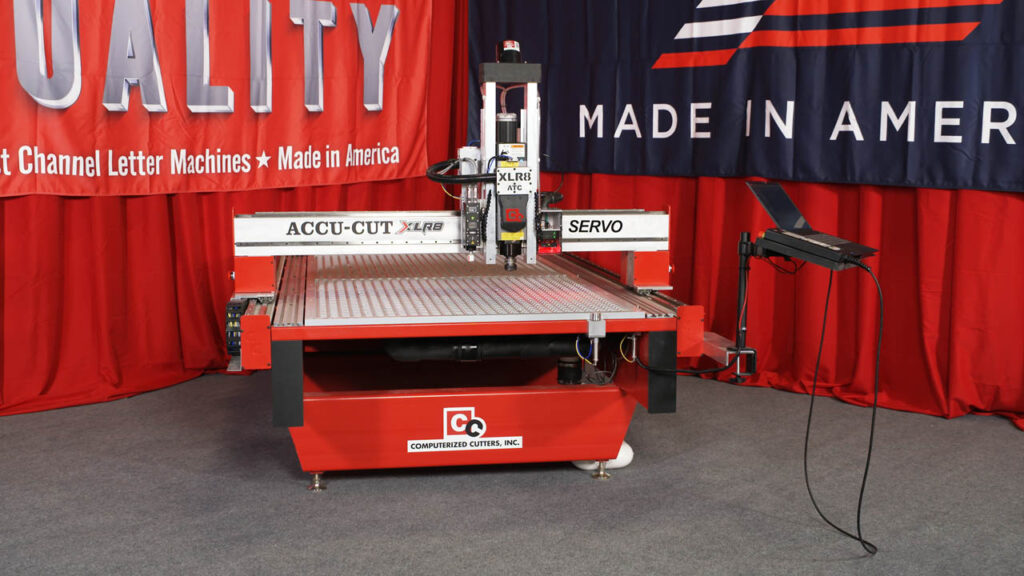
The smallest router Computerized Cutters manufactures is a 4‘ X 8‘ machine.
“Standard tables come with a router head for doing standard routing cutting,” said Ondracek. Shops that want to get into more intricate cutting can upgrade their spindles and add on tangential or oscillating knife systems or a camera system.
The company offers its customers training videos to help them learn how to operate their routers. Most shops can get their machines up and running immediately. CNC routers are very easy to use, he said. The software is user-friendly, so the only thing most operators need to consider is the material they are cutting, how thick it is, how many passes they need to make to achieve the desired result, and how fast the machine can run.
Material that is 1“ can be cut in three passes, while 1.2“ material can be cut in two passes, Ondracek explained. It is also important to keep track of the speeds at which the machine is cutting.
He added that the cost difference between his company’s 4‘ X 8‘ and 5‘ X 10‘ machines is negligible, and most customers end up with the larger router. It comes down to space. Smaller sign shops may not have room for the larger CNC routers.
Commercial CNCs
Phantom CNC Systems offers larger commercial CNC routers and is venturing into the industrial side with a 12,000-pound, 11‘ machine.
“In our country, labor is hard to come by, especially manual labor. We feel like the market is poised to the industrial manufacturing side of things moving forward, versus the backyard guy. We are still focused on the backyard guy but moving into a space that is new to us in the big industrial manufacturing segment,” said Pilgreen.
Phantom will custom-build any of its machines. It recently built a 20-foot-long table with dual routers so that the customer could run two projects on the same table at once.
The tools
X-Edge Products got its start making tools for CNC routers because its founders had material they couldn’t cut. They tasked themselves with creating a tool to meet their needs. Their first tool was a 3-flute helix chip breaker that can cut Sintra Board and PVC foam at 1,200 inches per minute, said Leslie Venlet, director of sales and marketing for X-Edge.
“Most feeds and speeds are built off chip load calculators. Their only goal is to increase tool life or get the maximum amount of tool life. We don’t want to do just that. We want to make people’s workflow and shops as efficient as possible,” Venlet said. “We don’t base our recommendations on a chip load calculator. All is done on real-world testing. We put [our tools] through the wringer and come up with feeds and speeds no one is able to do in the industry.”
Many router operators come from the milled products industry, and because of that, they think that routers must function in the same way.
“One of our biggest challenges is breaking old thinking into new technology,” she said.
There are CNC tools designed for every type of substrate. X-Edge’s niche has been signs, especially HDU sign foam, acrylics, aluminum composite material, or ACM, which is a sandwiched material with an outer shell of aluminum and a plastic composite core.
ACM requires a single flute aluminum-coated tool that can groove the aluminum, making it easier to fold and bend letters and signs. Acrylic material is another popular substrate in the sign industry, but many shops have difficulty getting clear edges. The company’s ¼“ upspiral single flute is able to get a very clear edge, eliminating the need for polishing, flaming, or sanding.
Other popular tools include a tapered carbon tool for 3D relief carving in sign foams and wood.
“People want routers to be more versatile, do foam boards and thinner materials,” Ondracek said. The company offers a camera vision system for those customers that do print to cut. The camera finds the registration marks and cuts the parts out. Vision systems have been available on printers for years, but the concept is fairly new for CNC routers, he said.
The software used in routers has also advanced over the years. “They take artwork and can create more elaborate cut files than they could years ago,” he said.
